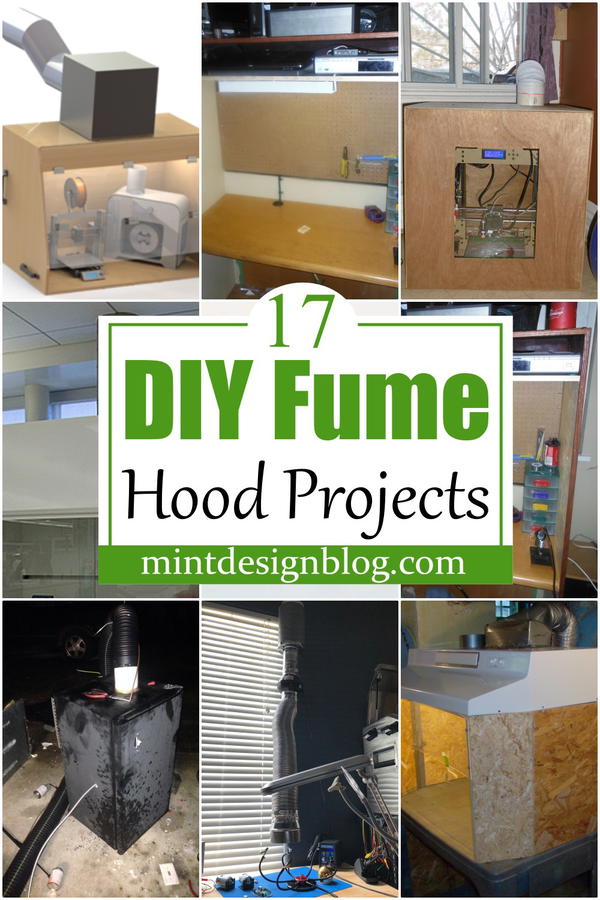DIY fume hood projects are used in scientific, medical, and industrial applications to enclose a working area, isolating it from the surrounding air so that fumes and vapors can be safely released. A fume hood is a critical equipment in any facility that handles chemicals, though they can be expensive to purchase. Fortunately, if you're willing to put in the time and effort, it's possible to construct one for a fraction of the cost of what you'd pay for a commercial version. With the right materials, DIY fume hoods are sturdy enough to contain potentially dangerous fumes without sacrificing workspace or storage space. Here are some different projects people have used to execute DIY fume hoods successfully.
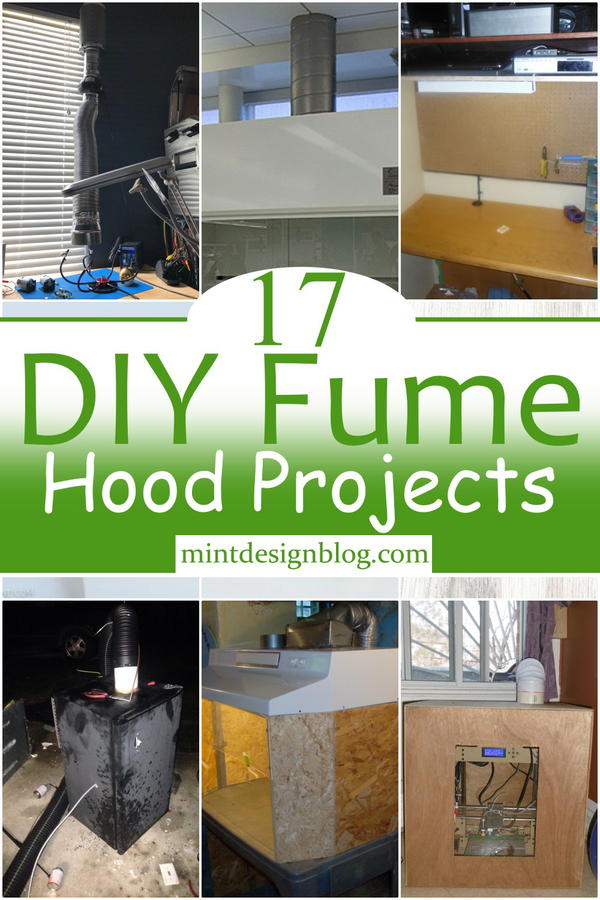
Now you can create your own homemade fume hood for your own experiments at home! A DIY fume hood is a great addition to any science lab, and the exterior design of your homemade fume hood doesn't have to be fancy. Check out the following DIY fume hood projects and make a statement piece for your lab! Learn how to build your own fume hood for your science lab. Save money by building your own fume hood rather than purchasing one. These DIY projects can be completed in a few hours and save hundreds of dollars that would otherwise be spent on an expensive commercial model.
Here are 17 DIY fume hood projects that will help protect your health and the environment while you work in the studio.
You Can See: 24 DIY Cyclone Dust Collector Plans
Fume Hoods
A fume hood is a device used in chemistry and biology labs to create a controlled environment for students to work with volatile or potentially dangerous chemicals. They are typically built into the lab's walls and are designed to fit over the student's workspace so they can be used while working on experiments. The benefit of using a fume hood is that it prevents any chemicals that may harm human health from escaping into the air. This ensures that students and teachers do not breathe in potentially harmful chemicals.
Precautions While DIY Fume Hood
Fume hoods are essential for laboratories. They are used to contain harmful fumes and gases and to prevent them from entering the atmosphere. Fume hoods are also used in industries that handle dangerous chemicals to ensure that the air is not contaminated. A DIY fume hood is a project you can do yourself at home as a hobby.
The following precautions should be taken while making a DIY fume hood:
- Do not use any metallic material for the construction.
- The housing of the hood should be made from non-metallic materials so that it does not react with any chemicals inside the hood.
- Make sure that there is proper ventilation in your working area.
- If you are working with solvents or other toxic chemicals, make sure that there is proper ventilation in the area where you are working.
- Keep your hands clean and wear gloves when handling potentially toxic materials.
- Ensure your hands are clean and wear gloves when handling potentially toxic materials.
How To Make A Fume Hood
A fume hood is a tool used to remove harmful fumes from a particular area. For example, if you are working with dangerous chemicals or have an alcohol lamp that creates toxic fumes, you need to get a fume hood, so those fumes do not harm yourself or others around you. This guide will lead you on how to make your own fume hood. The fume hood has a lot of uses. It is used in laboratory settings and wherever hazardous chemicals are being manipulated. It is also used in workshops, garages and other places that require ventilation separation.
DIY Portable Fume Hood
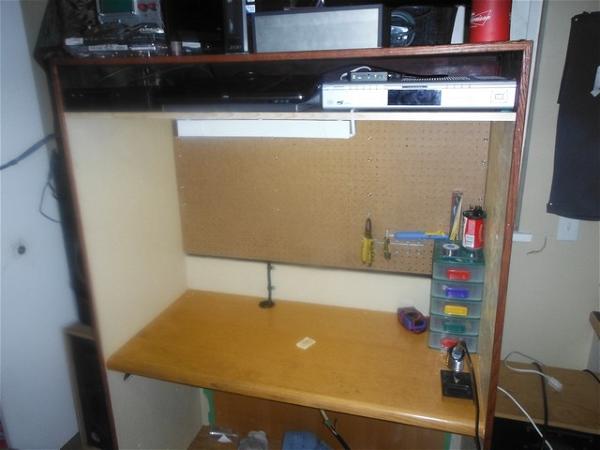
A portable fume hood is a great addition to any laboratory. Because it is portable, it can be easily moved around the lab and placed where needed. This DIY Portable Fume Hood has all the spectacular features you need to safely and conveniently take your chemical experiments on the road. It includes a removable aluminum base, a powder-coated steel frame, several ventilation models to suit your needs, and mounting hardware. This makes it ideal for working with hazardous compounds or performing analytical tests on samples in an area that does not have access to a traditional hood venting system. This article provides instructions for how to build a DIY portable fume hood out of PVC pipe and some other simple materials.
Make Small Fume Hood For Stinky Projects
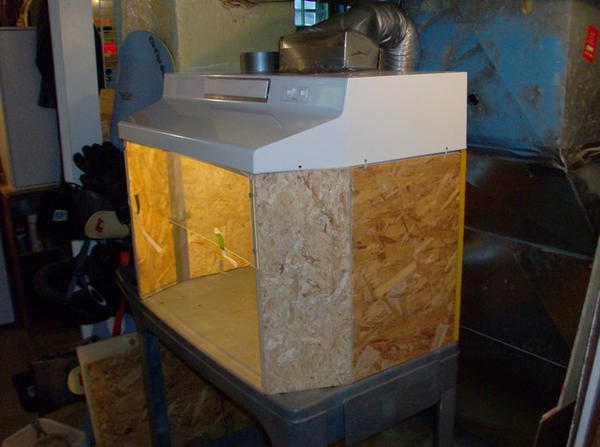
Making the fume hood is normally intimidating because it needs a small room without any noise and distractions. To make the fume hood for your project, the best part is to make it first at your home or garage by yourself. Make a simple, inexpensive, safe fume hood for your stained-glass project. A fume hood is an exhaust fan that sucks away any chemicals or fumes you may be working with, such as soldering flux or solder fumes. It can also help diffuse the light from your work lamp and make it easier to see what you're doing.
Building A Fume Hood At Home
Building a fume board is an easy, cheap, and effective way to make your own fume hood. You can use a fax box and build a fan with wood and cardboard to create your own homemade fume hood. Building a fume hood at home is easy and cheap. It only takes some cardboard and a fan to create an effective system. Cut a hole in the bottom of the box, wide enough for your fan to fit through. Add a wood frame to be placed inside the box, and secure the fan atop it with screws. This configuration allows the fan to vent air inside the box through the big hole you’ve already cut at its base.
Easy To Make 3D Printer Fume Hood Idea
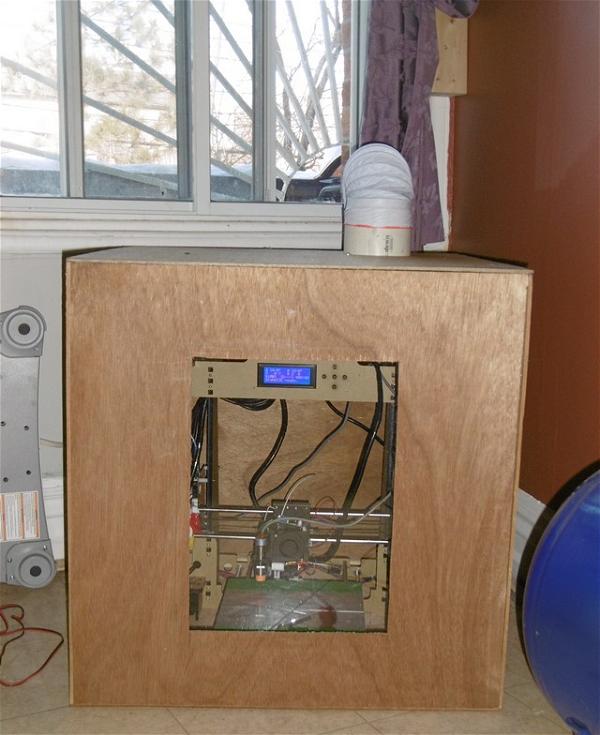
This project is for you if you want to create something awesome in your garage! All you need is the skills to use a saw and a drill. If you don’t have any, this project might be a little bit difficult for you, but it is worth the effort because when you finish it, you can easily make your own fume hood! This project is quite simple, but it does take some time to create. You will need basic tools and machinery that you can find at a home depot, like standard circular saws and drills, along with a jigsaw.
DIY Fume Hood
This free fume hood download is the best place to start if you're looking for a diy fume hood design. You'll learn how to build this fume hood using only basic tools and easy-to-find materials. This make-your-own fume hood kit is designed to be easily adaptable and built by anyone with basic carpentry skills. The fume hood is a box that accommodates the box into which you can mount your ventilation system. This will provide ample space and air space for fumes and vapors to get carried out of your work area. When you have a small garage or laboratory that does not have natural light, the fume hood is just what you need to safely complete an experiment, paint or do whatever else needs close attention to detail.
Homemade Chemical Fume Hood
Do you suspect that you may be exposed to hazardous fumes or waste? You can build your own chemical fume hood in a matter of hours. Homemade Chemical Fume Hoods work to remove toxic fumes and particles from the air, keeping you safe and ensuring your safety equipment doesn't become contaminated. A solution to the expensive, hard-to-build chemical fume hood that uses household materials and an old desk lamp. This homemade chemical fume hood has been constructed using building materials from your local hardware store.
DIY Low Budget Fume Hood
Here's a cheap, easy-to-make fume hood made from an old cardboard box and a few household materials. If you're looking for a cheap way to create a ventilation fume hood in your laboratory or workshop, this is it! This budget-friendly fume hood is made from cardboard and safety tape. Cut the bottom of the box (the part that does not have flaps). Make a hole in the middle and replace it with a circular hole. Cover your new hole with foil. Then, cover the rest of the box with silicone sealant to keep any fumes inside.
How To Make A Soldering Smoke Absorber
The soldering smoke absorber is inexpensive to make your work environment healthier and safer. This tutorial will show you how to construct a diy smoke absorber for use when soldering. This is an essential tool for anyone making electronics of any kind, as it will help prevent the board from being ruined by smoke leaving unexpressed solder fumes. Using PVC pipe, you can make a small smoke absorber for your soldering iron. Cut the pipe into five pieces and glue them together with the help of a glue gun. The advantage of using this tool is that it does not require any side air holes, unlike other smoke absorbers.
DIY Fume Hood
If you're having trouble extracting fumes, this DIY fume hood might be the answer. With a few supplies and a little know-how, you can build one at home that will blow away the fumes of your soldering iron. Learn how to build your own fume hood for soldering. This tutorial shows you all the required materials and the steps to put them together. With a little time and energy, you can have your fume extractor fan -- perfect for working in your workshop or home office! An inexpensive, DIY fume hood allows you to work with dangerous fumes safely and efficiently. This fume hood can be used for soldering, smoking cigarettes, or as a propane torch stand.
Solder Fume Extractor DIY
Make your own solder fume extractor with this high-quality DIY kit. It's easy to assemble and produces a large amount of filtered air that cleans up after soldering. It's easy to control the smell of fumes from soldering by building your own solder fume extractor. Solder fumes can cause blindness and severe lung damage, so it's important to protect yourself. This simple DIY kit lets you build your own solder fume extractor for as little as $20. The project is straightforward in principle. You're putting the fan into a box, covering it with plywood for extra support, and adding ventilation to the sides.
Welding Fume Hood With Extractor
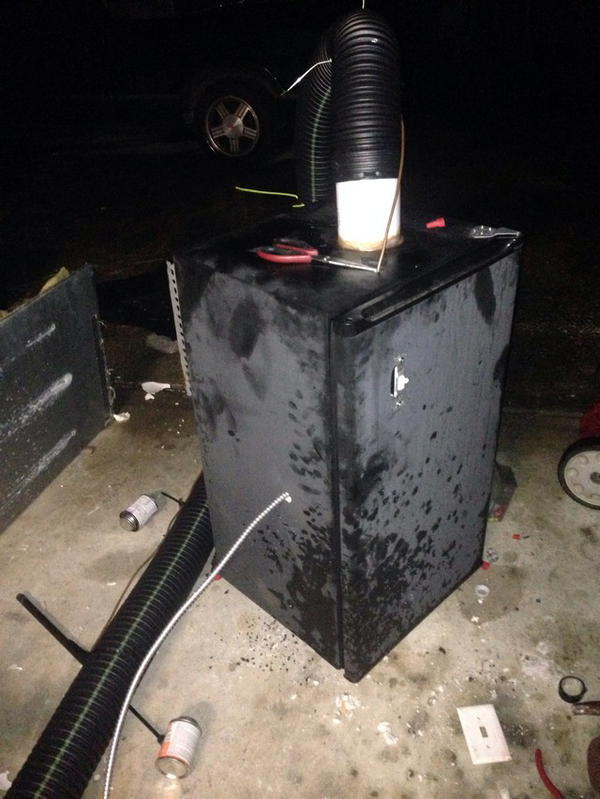
Learn how to make a welder's fume hood in your garage with these easy-to-follow steps. You'll create a system that collects and filters the dangerous gases emitted when welding or cutting metal. Once you've assembled the materials, it's time to construct your new fume hood system. The result will be a practical and effective solution that doesn't require many tools - or much time to install. This DIY download shows you how to create a homemade welding fume hood for around $100. This model uses a mini-fridge and an air handler to pull fumes away from the user. Once assembled, it delivers excellent ventilation at a fraction of the price of commercial units.
Solder Fume Hood to DIY
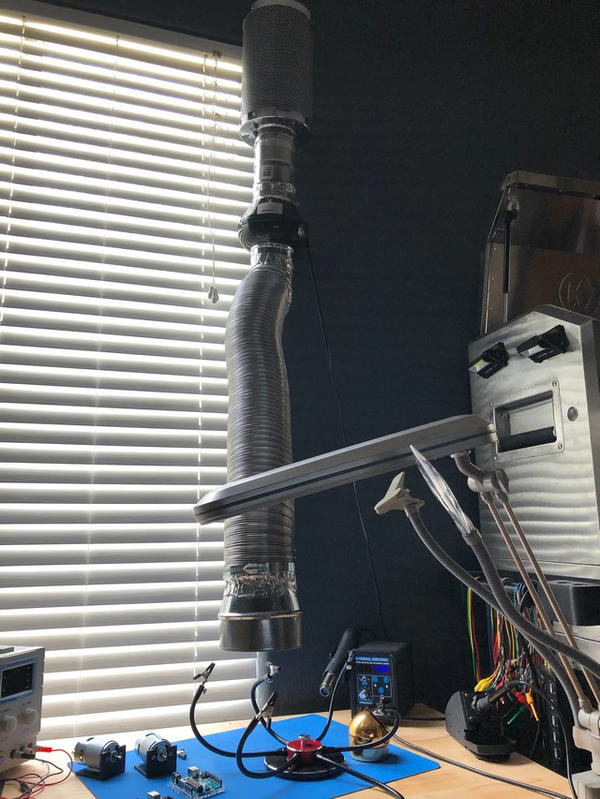
Getting a fume hood is one of the first things any professional or amateur solderer should do. It cleans up your workspace and helps keep you safe from unacceptable levels of lead, cadmium, and other toxic fumes. This project is an easy way to make a DIY fume hood out of an old box fan and inexpensive filters. This solder fume hood is a must-have for DIYers and tinkerers everywhere. It offers a great way to create an affordable workstation indoors or outdoors and includes all the parts needed to build your own fume hood in 1 hour!
Fume Extractor DIY
DIY Solder Fume Extractor
The Fume Extractor DIY is small, simple, and economical. It works by drawing fumes through the carbon-impregnated foam and then releases fresh air back out of the box. Make your own Fume Extractor from scratch. All you need is a power supply, active carbon impregnated foam, and some bracket to hold the power supply in place and remove every other component except the fan and switchboard. This is the perfect fume extractor for you. You only need a power supply with a fan and active carbon-impregnated foam to produce good content.
Build At Home Fume Hood:
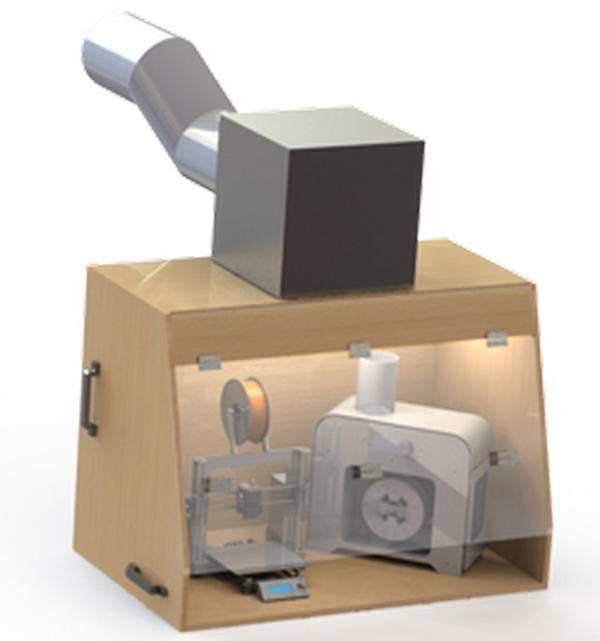
This at-home fume hood is great for anyone who works with chemicals, including photographers and artists. This easy-to-use, safe and portable fume hood will minimize the risk of exposure to toxic substances. It folds flat, so you can store it when not in use. This is an easy build-at-home fume hood. It has a big easy-open window and a filter to block fumes and smells. The filter is removable; you can throw it in the wash when you are done with it.
How To Design Fume Hood:
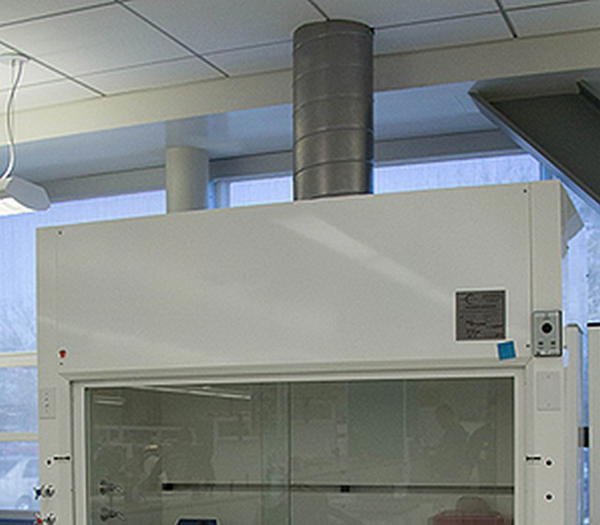
A fume hood is an exhaust system that collects and removes hazardous fumes (gases, vapors, clouds of dust and smoke). The fume hood prevents these potentially dangerous materials from escaping into the work area. When designing a fume hood, it is important to think about the flow of air and other hazards that might be present in your research lab. Fume hoods should be equipped with devices that filter out dangerous fumes and vapors so the lab atmosphere stays safe for everyone involved.
See Other Projects
- DIY Molle Panel Ideas
- 24 DIY Retaining Wall Projects
- 20 DIY Sandblasting Cabinet Plans
18 DIY Vacuum Pump Ideas
